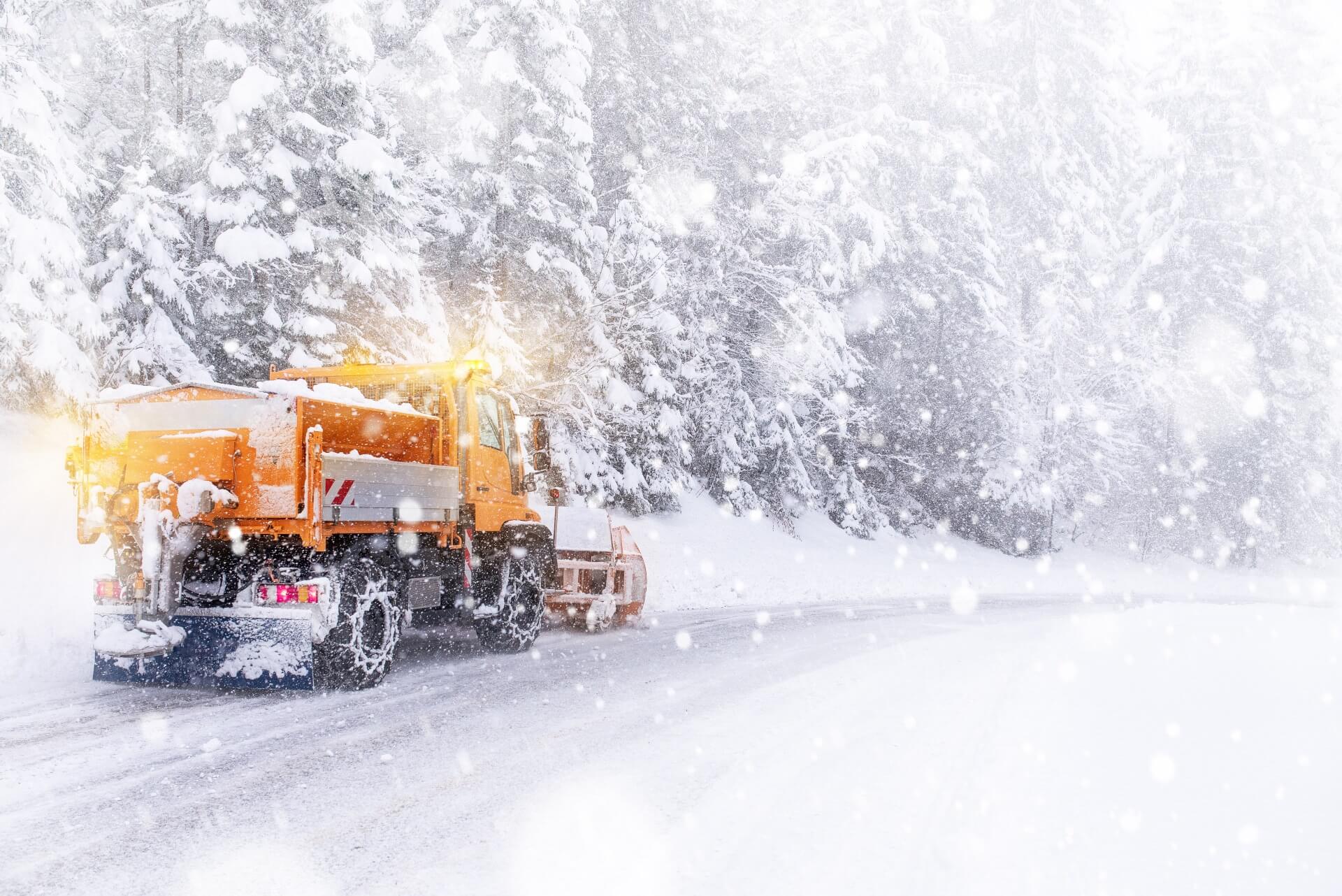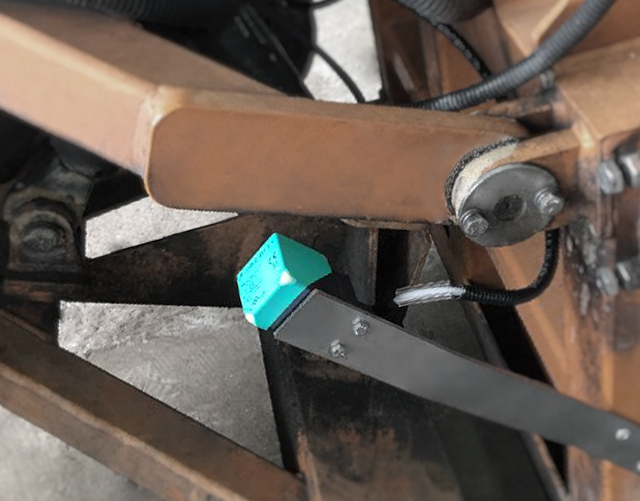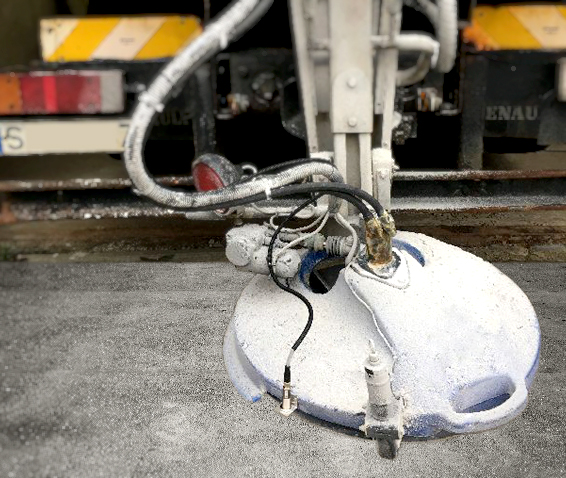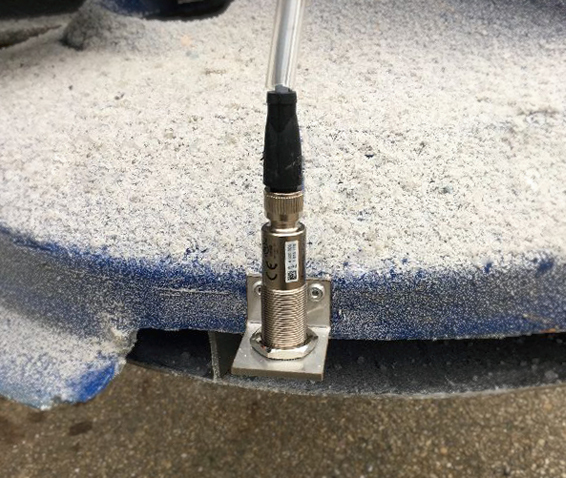February 19, 2018
Plowing through Ice and Snow
Snowdrifts, freezing rain, and black ice can be fatal—especially for drivers. To make roads safe again quickly, winter services operate day and night. Sensors and connection technology from Pepperl+Fuchs deliver essential information to a snowplow monitoring system developed by SATIS GPS.

When temperatures drop and snow starts falling, winter sports enthusiasts get ready to go skiing and children look forward to building snowmen. But the same thing that brings us so much joy on the slopes or in our backyards can quickly make roads very dangerous. Snow and ice cause numerous accidents every winter. Local maintenance services work tirelessly throughout the winter to make roads safe again quickly. These teams are out in their snowplows clearing snow or spreading salt to prepare for icy conditions.
In Poland, thousands of snowplows are out every day keeping roads safe in the winter. SATIS GPS, a company based in Warsaw, has developed a sophisticated monitoring system to help winter services know exactly where their vehicles are and which roads have been cleared. Along with GPS data that provides information about the positions and routes of the vehicles, the system offers even more information: For example, to monitor exactly where roads have been cleared and salted, the company relies on sensors and connection technology from Pepperl+Fuchs.
The Solution: a Classic
After the initial request from SATIS GPS, Tomasz Żyrek, Regional Manager at Pepperl+Fuchs Poland, first considered what needed to be detected in order to determine whether snow had been cleared and salt had been spread. Both the plow on the front of the vehicles and the salt spreaders on the back would need to be monitored for the entire duration of the vehicle's shift. 'Because snow is always cleared when the plow is in the lowered position, we can work with a classic from our product portfolio,' explains Żyrek. 'The L2 series inductive proximity sensor is mounted next to the plow lift arm. When the plow is lowered, the arm moves within the detection range of the sensor. This information is then passed on to the system, which interprets that the snow has been cleared and documents the results.'

The L2 series proximity sensor detects when the lift arm on the plow moves within the detection range.
Monitoring the salt spreader on the back of the snowplow is slightly more complicated because even the coarsest road salt still contains tiny grains that are difficult to detect. So Żyrek suggested a sensor solution with a rugged metal housing tailored to this application. "When the salt spreader is in use, these sensors detect the salt within the detection range and send information to the monitoring system that the salt is being spread."
Both products are suitable for use in sub-zero temperatures, meaning that they are not affected by the cold winter weather. With IP69K protection, the L2 series proximity sensor is especially robust and can withstand harsh conditions at the front of the vehicle: Whether the plow is working through heavy snow or taking on road spray, the proximity sensor stands up to the tough environment.
A Good Connection
Even the best sensors do not work without connection technology, so Pepperl+Fuchs provides not only the sensors for the snowplows, but also the appropriate cables and connectors. The connection technology perfectly matches both the sensors and the special requirements of the snowplows, to ensure that there is always a reliable connection.
The interaction between the GPS system and sensor data means that winter service providers can accurately record where and when their snowplows were used and what work they carried out—after all, just because a vehicle has been down a particular road does not necessarily mean that it cleared the snow. This is especially important today given that local authorities or third-party companies need to demonstrate that winter road maintenance has been carried out correctly. 'There are a number of reasons why it makes sense to document clearing and salting of the roads,' explains Tadeusz Bieniak, Vice-President of the Board at SATIS GPS. 'For example, companies can actually prove that roads had been cleared, such as when it comes to damage claims from insurance companies or complaints from local residents, or even if local authorities hire third-party companies to provide winter road maintenance. Sensors and connectivity from Pepperl+Fuchs help complete these documentation requirements efficiently.'
Ready for the Open Road
Did you know that in some countries electronic equipment must be approved for use on public roads? Pepperl+Fuchs offers an extensive portfolio for such applications, including acceleration sensors and proximity sensors:



